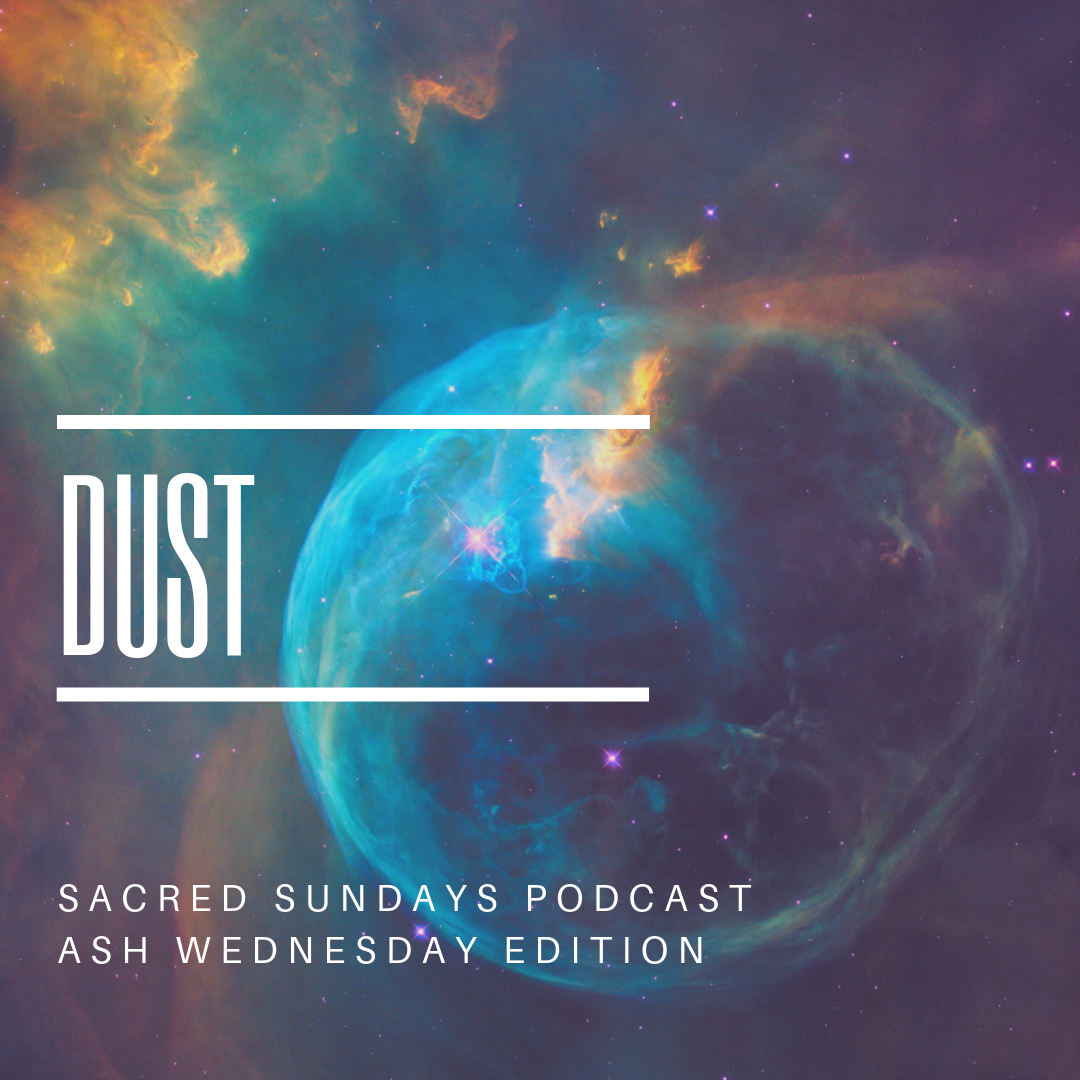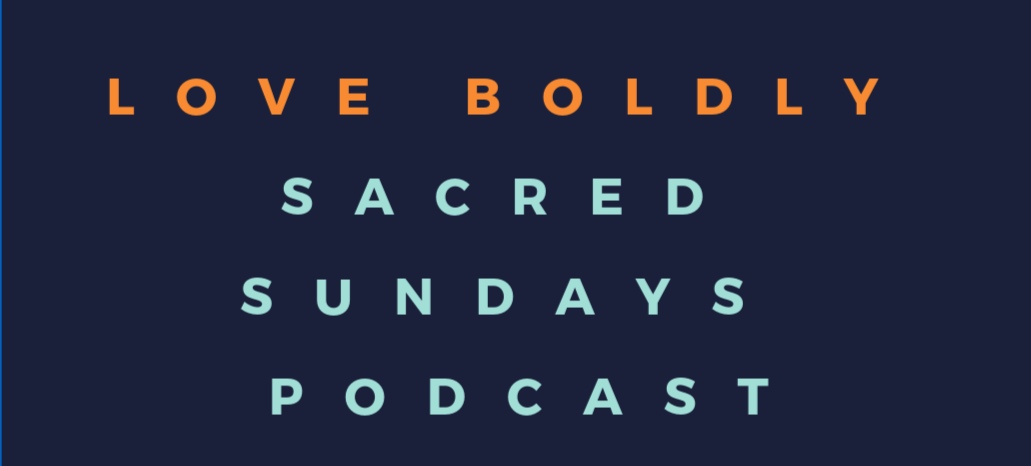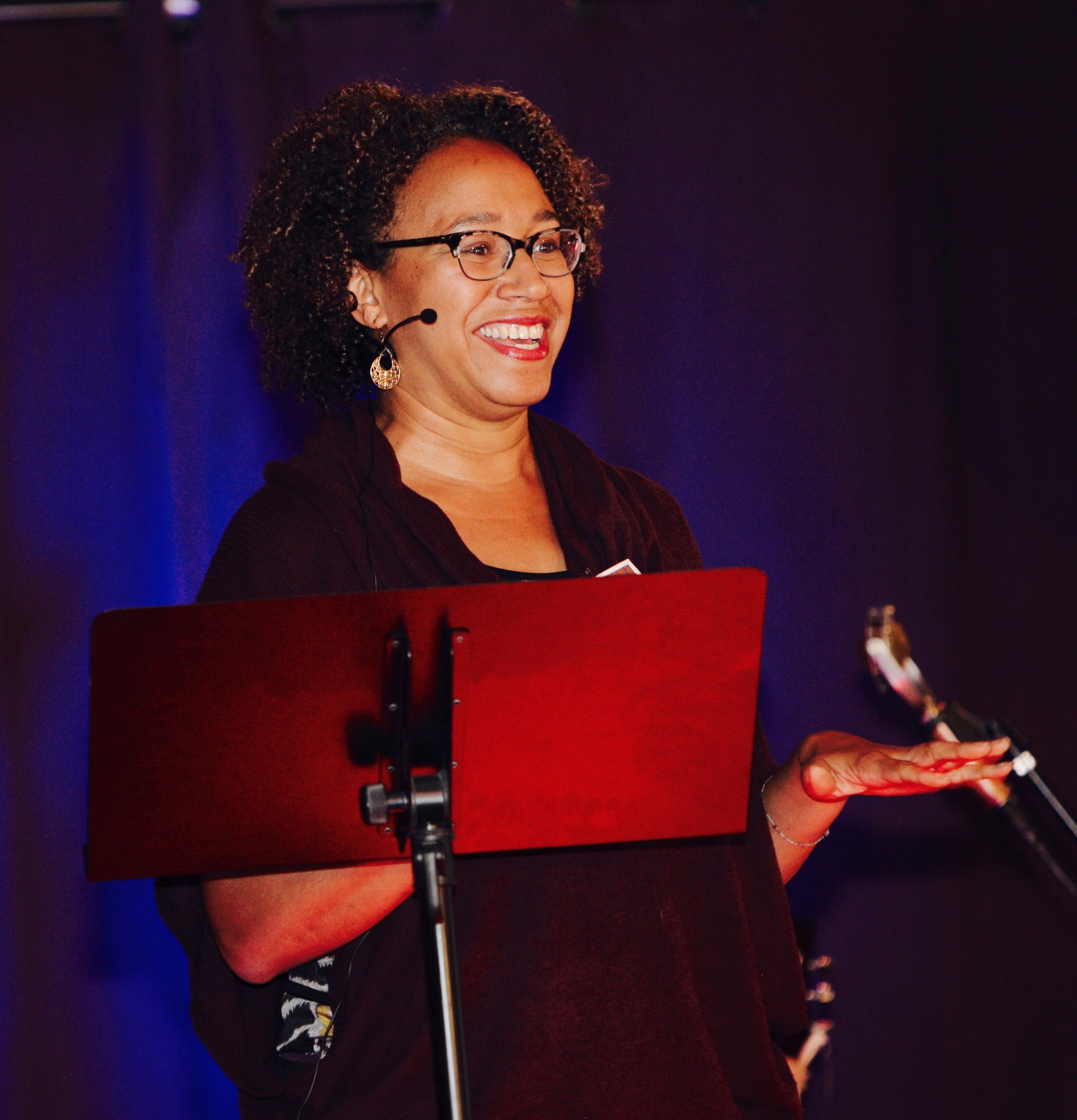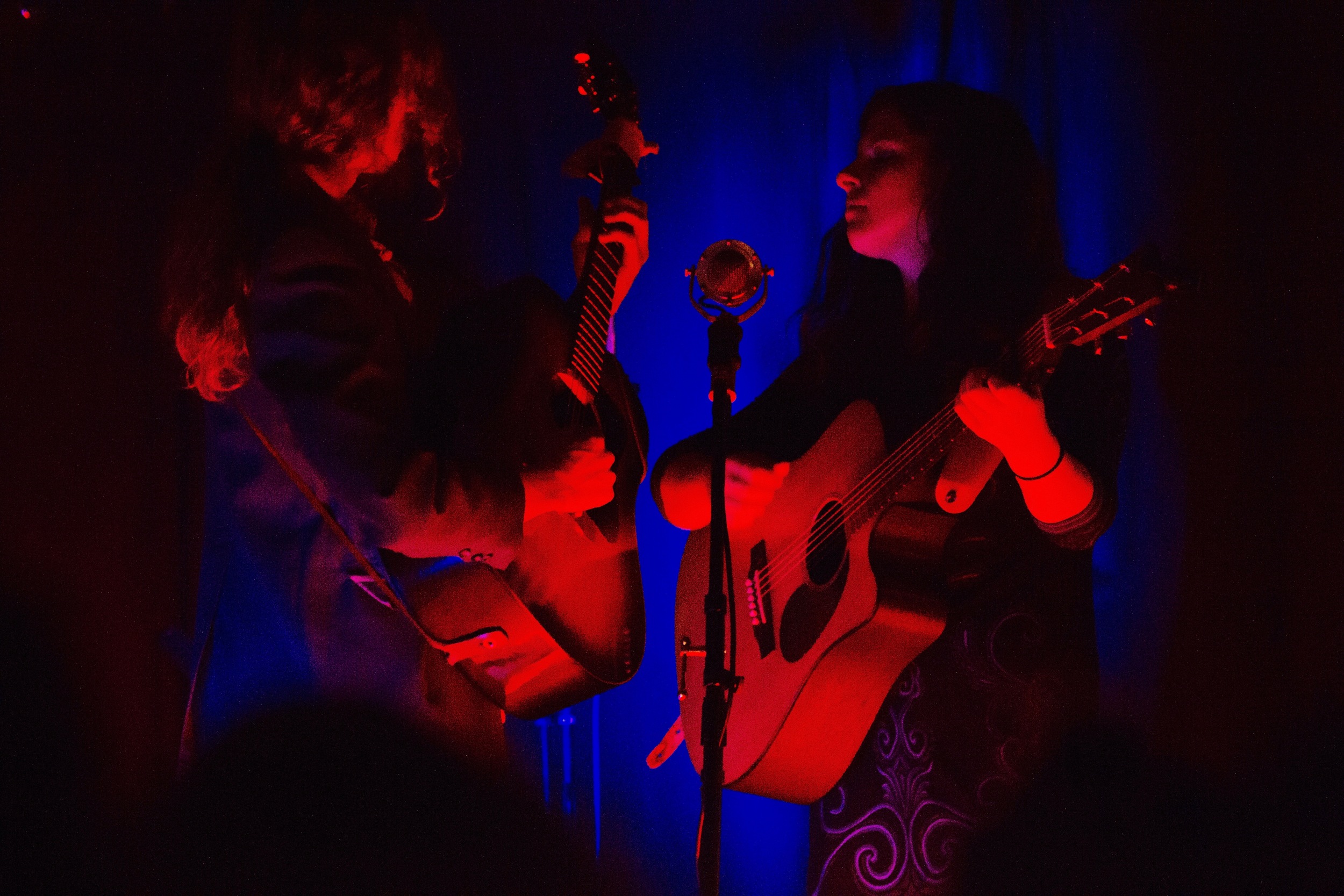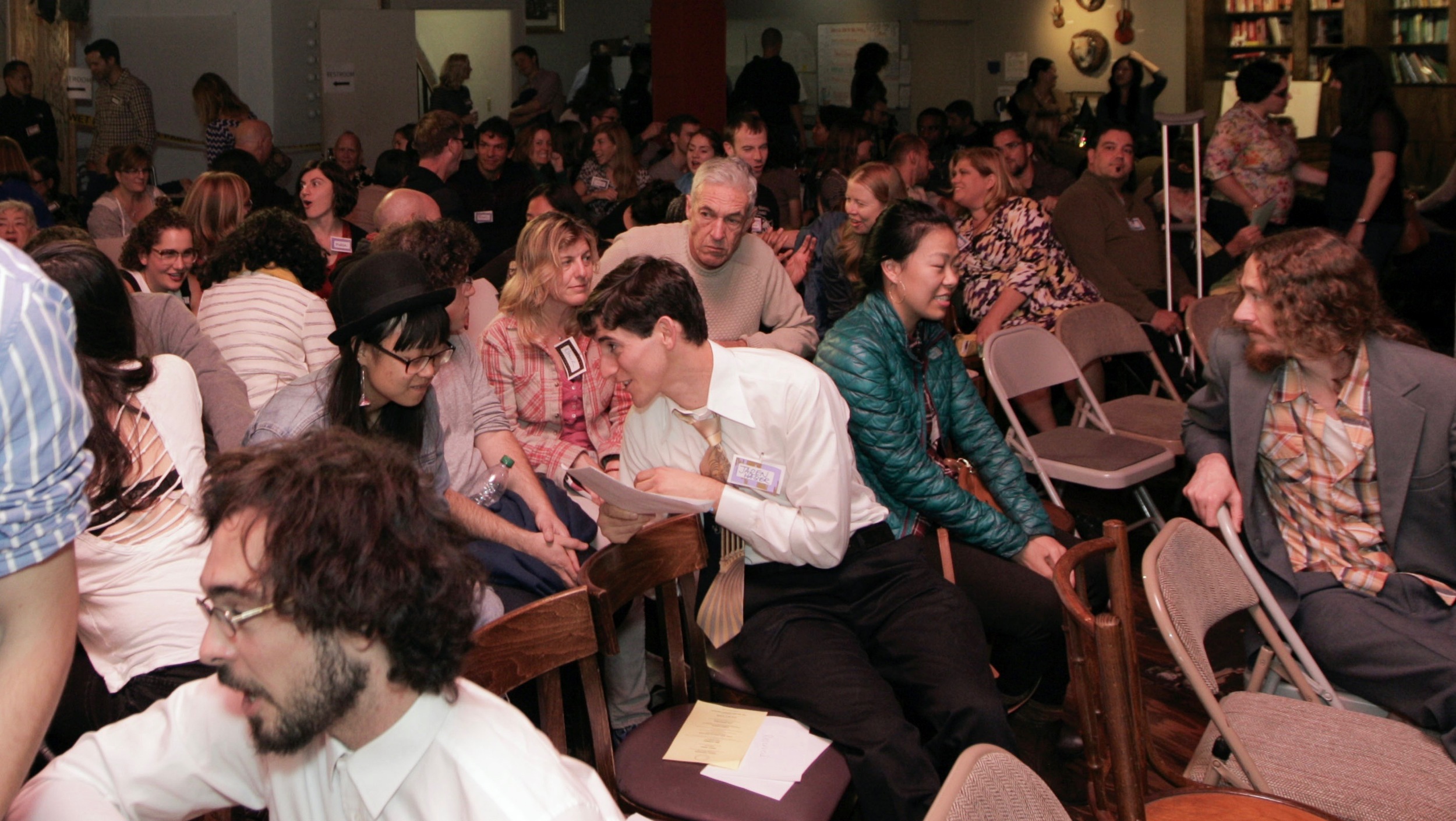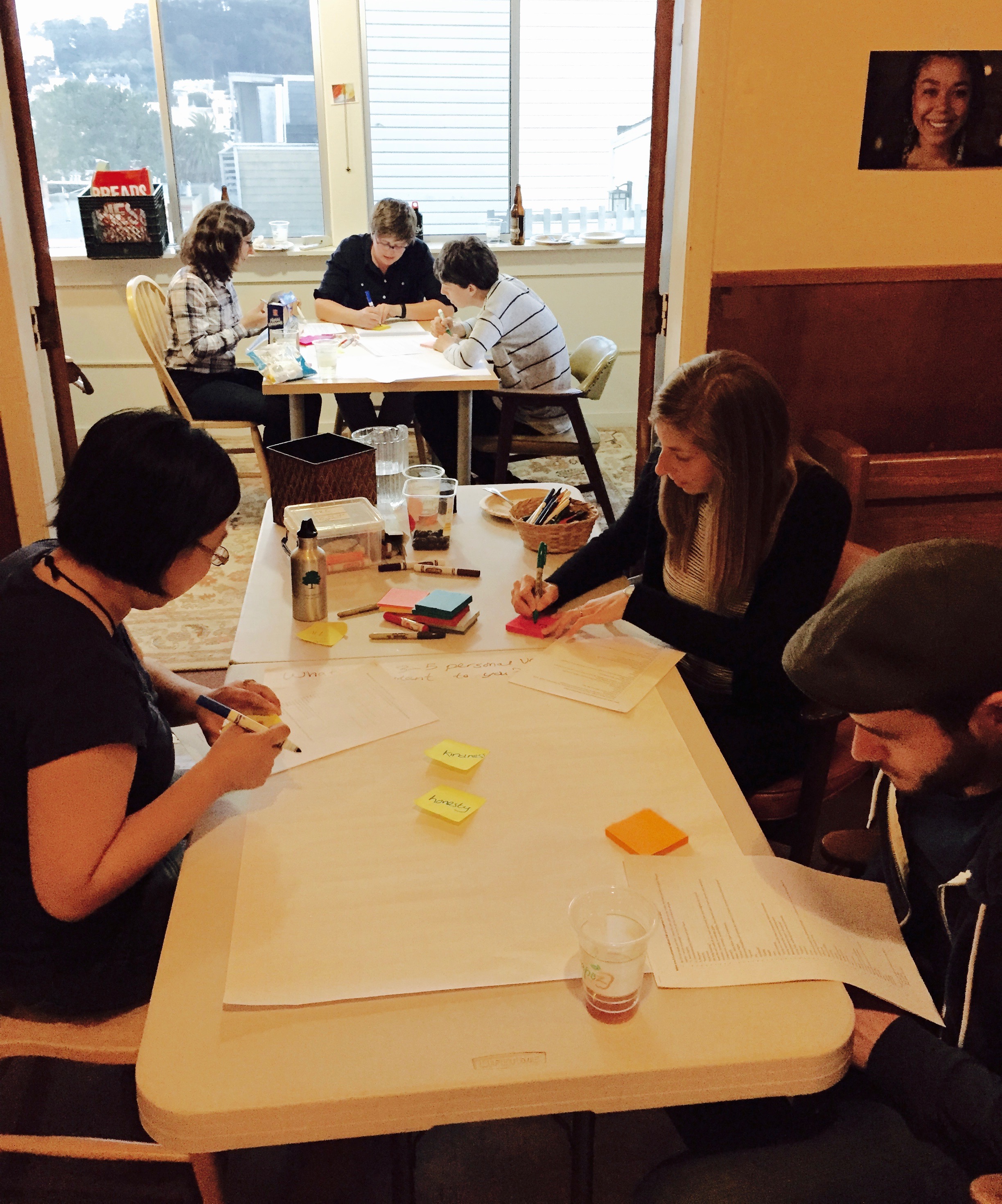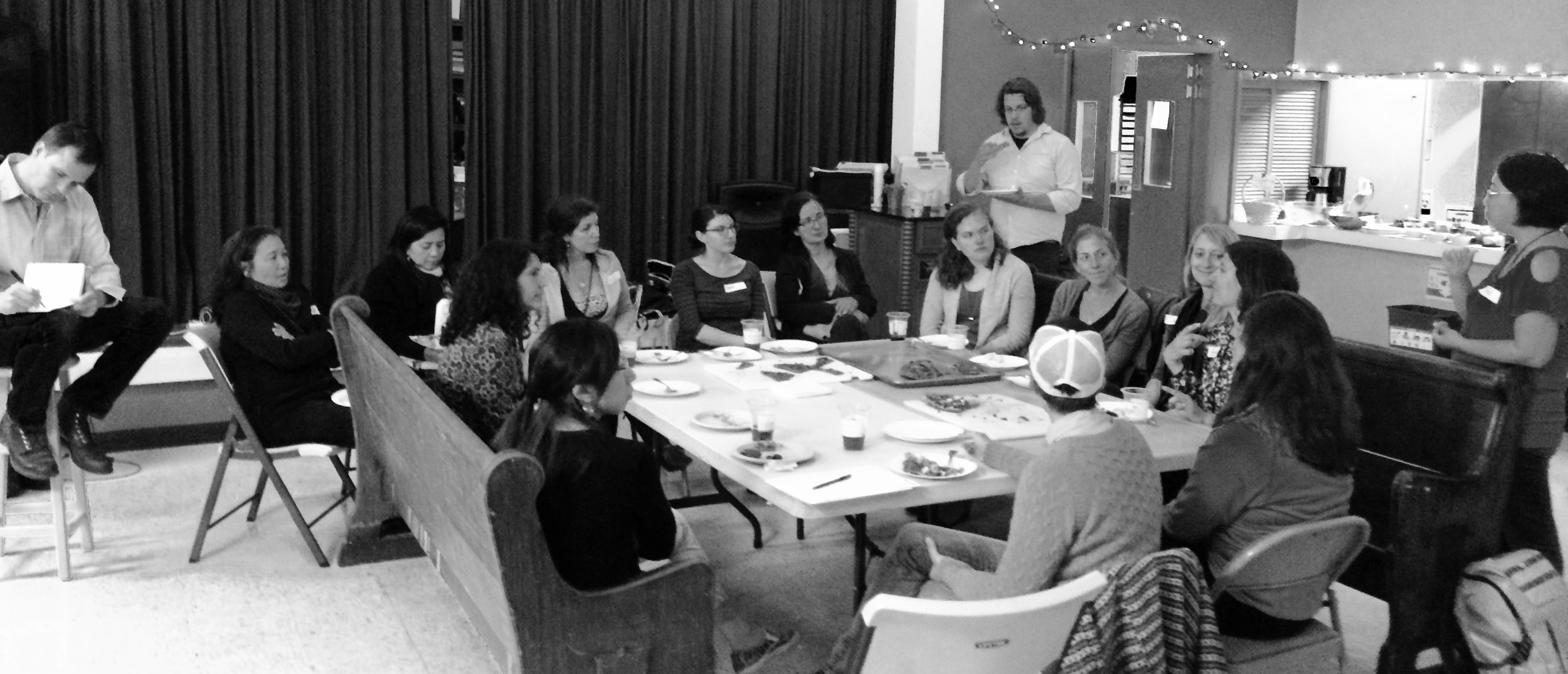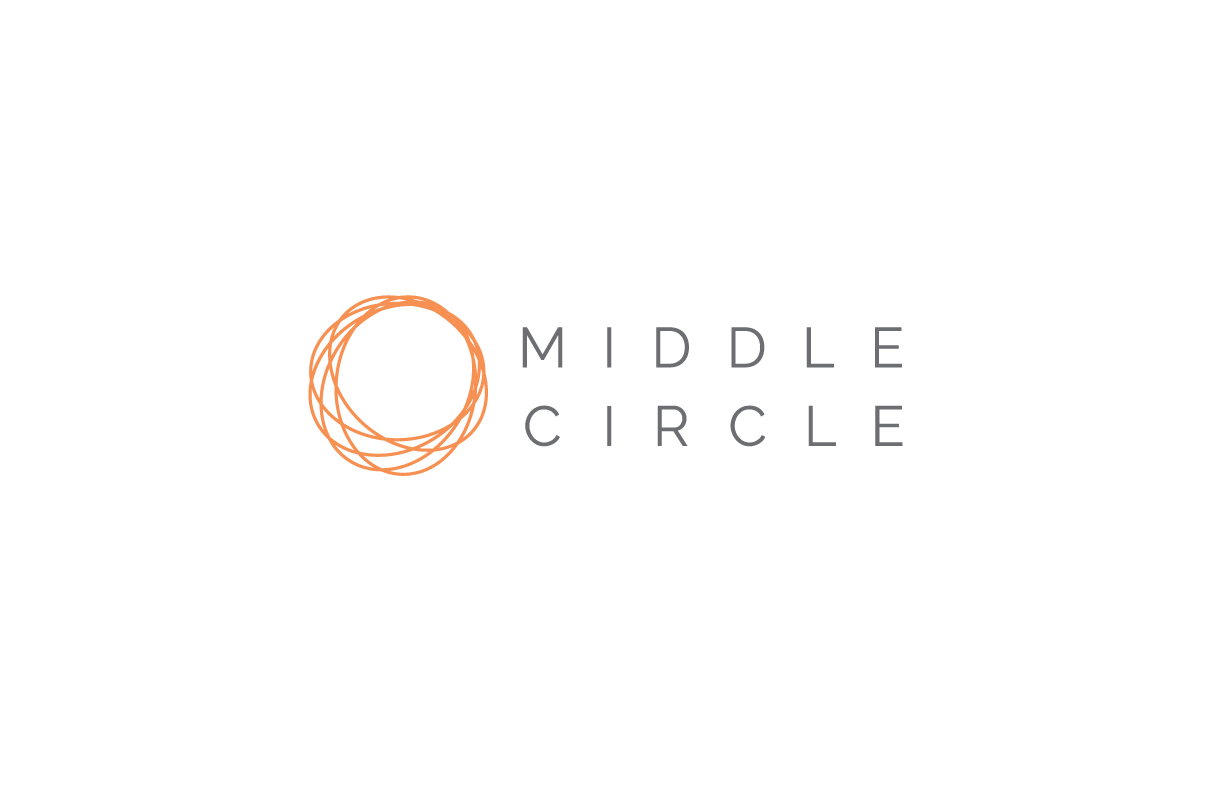10-minute episode hosted by Anders Peterson looks at Ash Wednesday and the ancient saying “remember you are dust and to dust you shall return.”
Read moreDust - Sacred Sundays Podcast Episode
You can stream the podcast by clicking the play button or download to your device by clicking download below.

